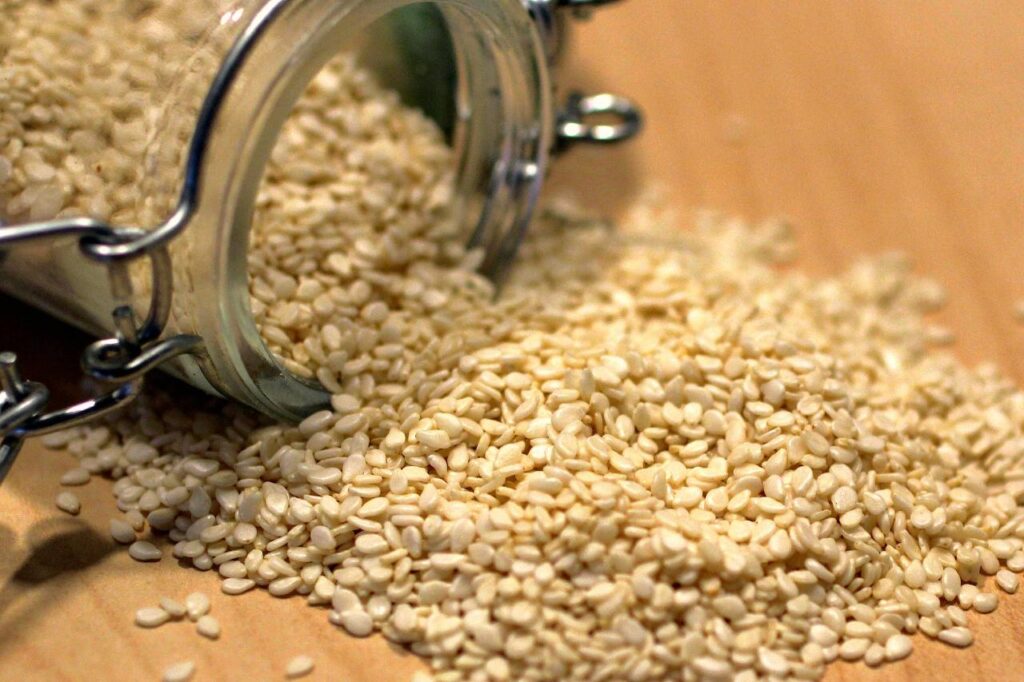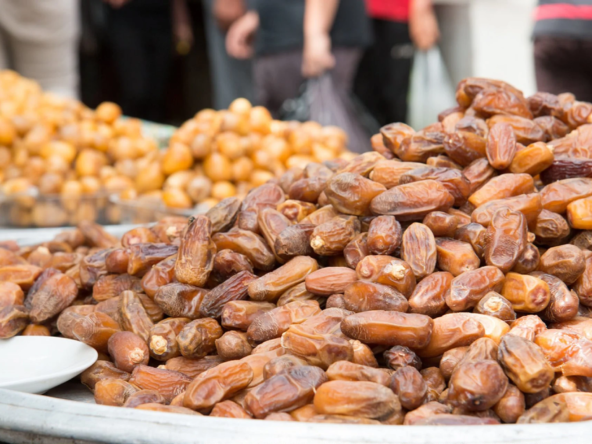Sesame seeds are a tiny powerhouse of nutrition, flavor, and culinary versatility. As one of the oldest oilseed crops known to humanity, they hold a special place in global cuisine. However, maintaining their freshness and quality through proper storage and preservation is crucial, especially when aiming for international exportation. Here’s a comprehensive guide on how to store and preserve sesame seeds to ensure they remain at their best for global markets.
1. Understanding Sesame Seed Quality
Before diving into storage methods, it’s essential to understand what affects the quality of sesame seeds. Sesame seeds are rich in oil, which makes them prone to rancidity if not stored correctly. They are also susceptible to moisture, pests, and contamination. Thus, preserving their freshness involves protecting them from these elements.
2. Ideal Storage Conditions
Temperature: Sesame seeds should be stored in a cool environment. The ideal storage temperature is between 10°C to 15°C (50°F to 59°F). High temperatures can accelerate the oxidation of the oils in the seeds, leading to rancidity.
Humidity: Moisture is the enemy of sesame seeds. Store them in a dry environment with relative humidity levels below 60%. Excess moisture can cause mold growth and seed deterioration.
Light: Keep sesame seeds away from direct sunlight. Exposure to light can cause the seeds to become rancid more quickly. Use opaque or dark-colored containers to protect them from light.
Air: Oxygen can lead to oxidation, which degrades the quality of sesame seeds. Store seeds in airtight containers to minimize air exposure.
3. Packaging for Preservation
For optimal freshness and longevity, use high-quality, airtight packaging materials. Here are some options:
- Vacuum-Sealed Bags: These bags remove air and seal the seeds in an environment with minimal oxygen. Vacuum sealing is particularly effective for long-term storage.
- Glass Jars: Glass jars with airtight seals are an excellent choice for smaller quantities and short to medium-term storage. They are non-reactive and protect seeds from light.
- Plastic Containers: Use food-grade, airtight plastic containers for larger quantities. Ensure the plastic is BPA-free to avoid any chemical contamination.
4. Long-Term Storage Solutions
For long-term storage and export purposes, consider the following methods:
- Freezing: Freezing sesame seeds can extend their shelf life significantly. Place seeds in a vacuum-sealed bag or airtight container before freezing. This method is ideal for preserving seeds for up to a year or more.
- Dehydration: Before long-term storage, ensure seeds are thoroughly dried. Moisture content should be less than 7%. Using a food dehydrator or low-temperature oven can help achieve the right dryness level.

5. Handling and Transportation
Proper handling and transportation are crucial for maintaining seed quality. Here’s how to manage it effectively:
- Clean Handling: Use clean, dry utensils and equipment when handling sesame seeds to avoid contamination.
- Pest Control: Ensure storage areas are pest-free. Regularly inspect and clean storage spaces to prevent infestations.
- Transportation: During transportation, maintain temperature and humidity control. Use insulated and climate-controlled shipping containers to protect seeds from extreme conditions.
6. Quality Checks and Testing
Regular quality checks are essential, especially for export purposes. Perform the following:
- Visual Inspection: Look for signs of discoloration, mold, or unusual odors.
- Oil Content Testing: Check oil content and quality to ensure seeds haven’t gone rancid.
- Moisture Content Testing: Use moisture meters to ensure seed moisture levels are within the recommended range.
7. Compliance with Export Regulations
When exporting sesame seeds, comply with international standards and regulations. Different countries have specific requirements for seed quality, packaging, and labeling. Familiarize yourself with these regulations to ensure smooth export processes.
Conclusion
Storing and preserving sesame seeds for maximum freshness and global exportation involves careful attention to temperature, humidity, light, and air exposure. By using appropriate packaging methods and adhering to best practices for handling and transportation, you can maintain the quality of sesame seeds and meet international market standards. Proper storage not only ensures the seeds remain fresh but also enhances their value in the global marketplace.
Ajigofarms is a reliable global agricultural purchase sourcing with profound expertise in the manufacturing, and exportation of food crops. We are tested, and trusted suppliers of all kinds of cash crops and food crops. Our constant supply chain solution makes exporting easy, quick, and safe, we are identified with timeliness and meeting up with deadlines. Regardless of the region you are located in worldwide, you can reliably order your Agric products and be rest assured of successful delivery.




